Onboarding challenges can make or break an employee’s first impression of your organisation. Issues like information overload, lack of personalisation, and inefficient processes not only frustrate new hires but also hinder long-term retention. Addressing these challenges with effective strategies is key to ensuring onboarding success and business growth.
In this guide, we’ll explore the top five onboarding challenges and provide actionable solutions to help HR professionals and managers create a seamless and engaging experience for new hires.
Top 5 Onboarding Challenges
1. Information Overload
Many onboarding programs overwhelm new hires with a flood of information in a short period. Policies, tools, procedures—there’s too much to absorb at once. This often leads to confusion, frustration, and reduced productivity during the critical first weeks.
Solution: Break down your onboarding process into microlearning modules. Bite-sized, task-focused training sessions help new hires retain information without feeling overwhelmed. AI-powered platforms like Cushi.app can guide employees through tasks step by step, reducing cognitive load.
2. Difficulty Retaining and Sharing Institutional Knowledge
Institutional knowledge often resides with long-term employees and isn’t adequately documented. When these employees leave, valuable insights are lost, leaving new hires without access to critical information.
Solution: Create a centralised knowledge repository where processes, FAQs, and best practices are documented and easily accessible. Use AI tools to make this information searchable, ensuring new hires can quickly find what they need.
3. Lack of Personalised Onboarding
One-size-fits-all onboarding programs fail to meet the diverse needs of new employees. Different roles, learning styles, and skill levels require tailored approaches to ensure effective integration.
Solution: Personalise onboarding journeys using AI-driven platforms like Cushi.app. By analysing individual profiles and roles, these tools deliver customised learning paths that align with the needs of each employee.
4. High Turnover During or Shortly After Onboarding
Studies show that up to 20% of employee turnover occurs within the first 45 days. Poor onboarding experiences—such as a lack of support, unclear expectations, or inadequate training—are significant contributors.
Solution: Build connections early by pairing new hires with mentors and integrating them into team activities. Use structured onboarding programs that outline clear goals and expectations while offering consistent feedback.
5. Inefficient Onboarding Processes
Inefficiencies, such as redundant paperwork or disorganised training schedules, can waste valuable time and resources. This not only impacts HR teams but also creates frustration for new hires, leading to disengagement.
Solution: Automate repetitive tasks, such as document submissions and compliance training, using digital onboarding tools. Streamline processes to reduce bottlenecks, allowing HR teams to focus on high-value interactions.
Takeaways
- Onboarding challenges like information overload and inefficiency hinder new hire success.
- Personalised onboarding enhances engagement and boosts knowledge retention.
- Structured documentation and centralised knowledge repositories preserve institutional knowledge.
- Early connection-building and clear goal-setting reduce turnover rates.
- Automated processes improve efficiency and free up time for meaningful HR activities.
Tips for the Workplace
- Use microlearning modules to simplify complex information.
- Document institutional knowledge in a centralised, searchable platform.
- Customise onboarding journeys to suit individual roles and learning styles.
- Pair new hires with mentors for guidance and support.
- Automate repetitive processes like paperwork to focus on relationship-building.
Call-to-Action
Tired of struggling with onboarding challenges? Transform your onboarding process with Cushi.app, an AI-powered platform designed to simplify, personalise, and optimise onboarding—one task at a time, based on the respected Cognitive load theory, espoused by J Seller. Start your journey to onboarding success today!
References
- Sweller, J. (1988). Cognitive Load During Problem Solving: Effects on Learning. Cognitive Science Journal. https://onlinelibrary.wiley.com/doi/10.1207/s15516709cog1202_4
- Bauer, T. N. (2010). Onboarding New Employees: Maximizing Success. SHRM Foundation’s Effective Practice Guidelines Series.
- Aberdeen Group (2013). Onboarding 2013: A New Look at New Hires.
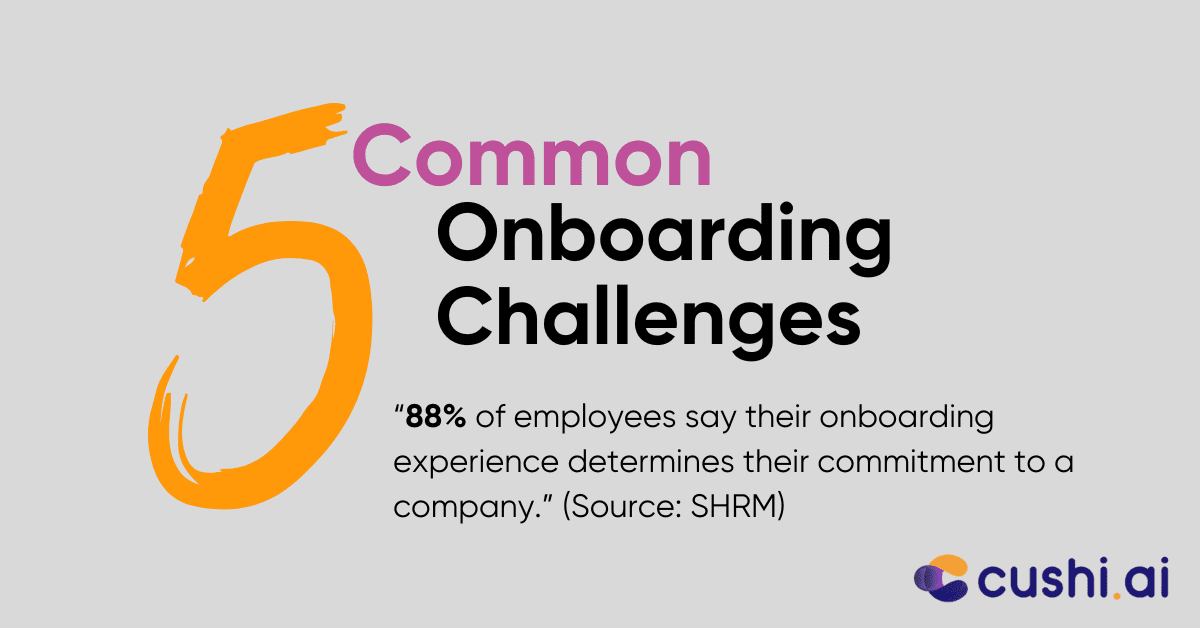
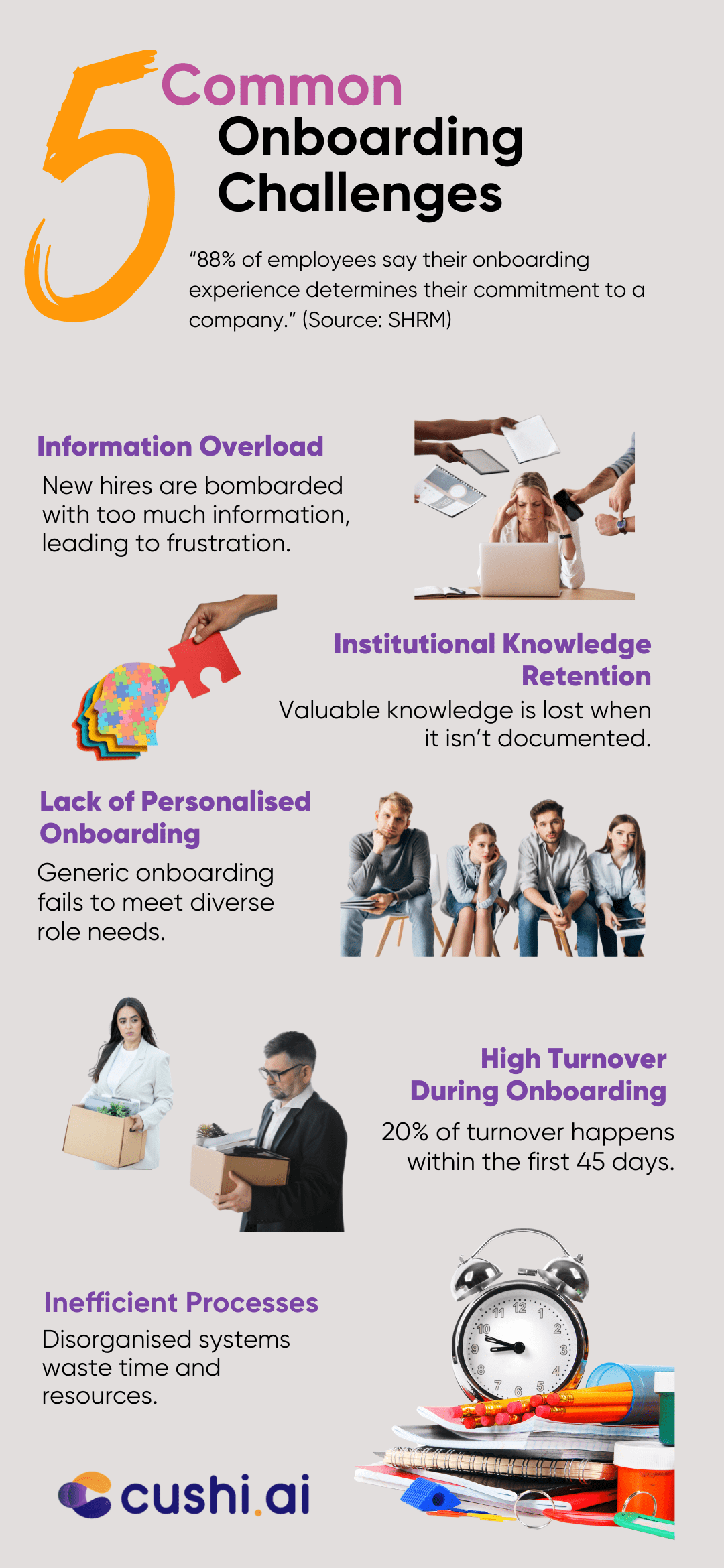
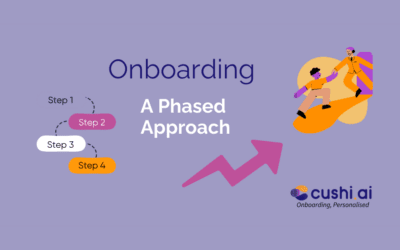
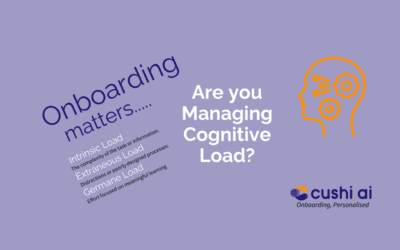
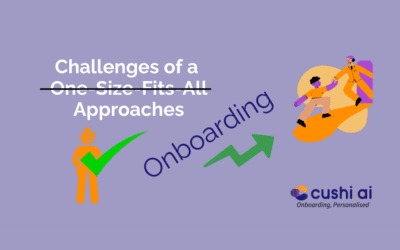
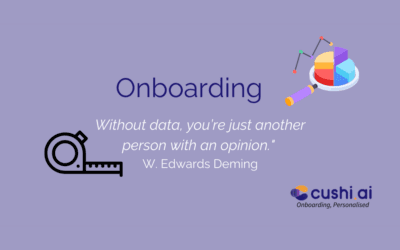
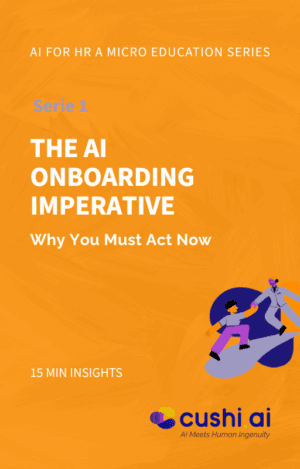
0 Comments